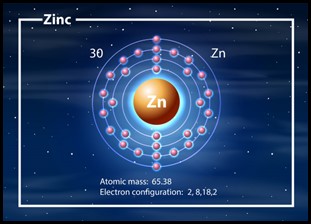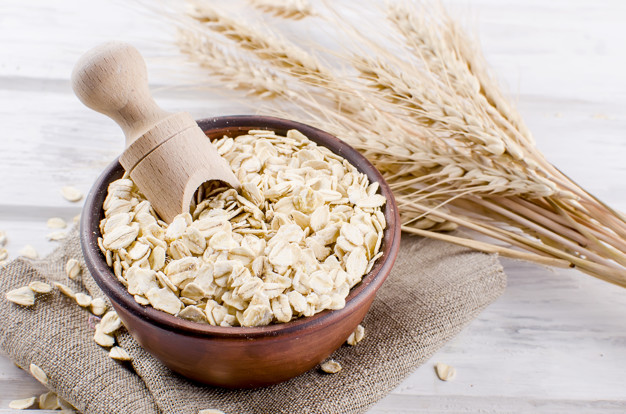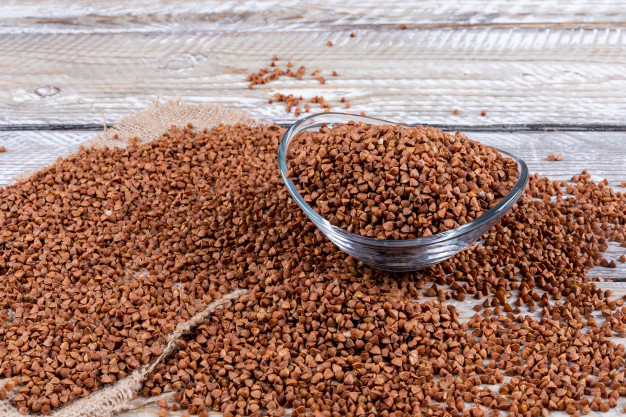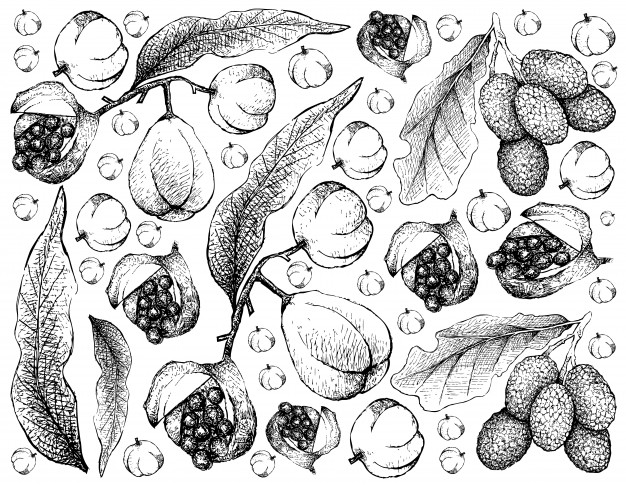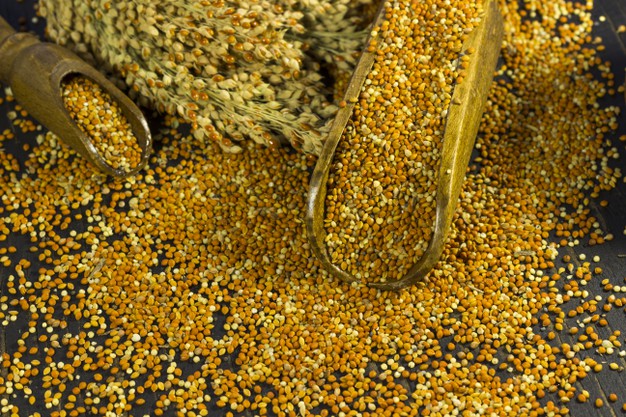Zinc is an important trace element or mineral and serves various important functions within the body. Trace elements are considered as micronutrients, which are required in small amount for performing their function. Zinc (Zn) acts as an important integral part of various enzymes and helps in cellular metabolism. It is associated with preventing a range of health hazards as it plays the role of an active antioxidant and helps in rapid wound healing. Recent studies have exposed that human body contain about 2 g of zinc and mainly it is found in the prostate gland.
Source
Human cannot synthesize zinc within their body hence it should be essentially supplied through diet to meet its need and to facilitate its action within the body. The food stuffs that contain adequate amount of zinc are listed below –
- Meat
- Fish
- Eggs and poultry
- Milks and dairy products
- Beans
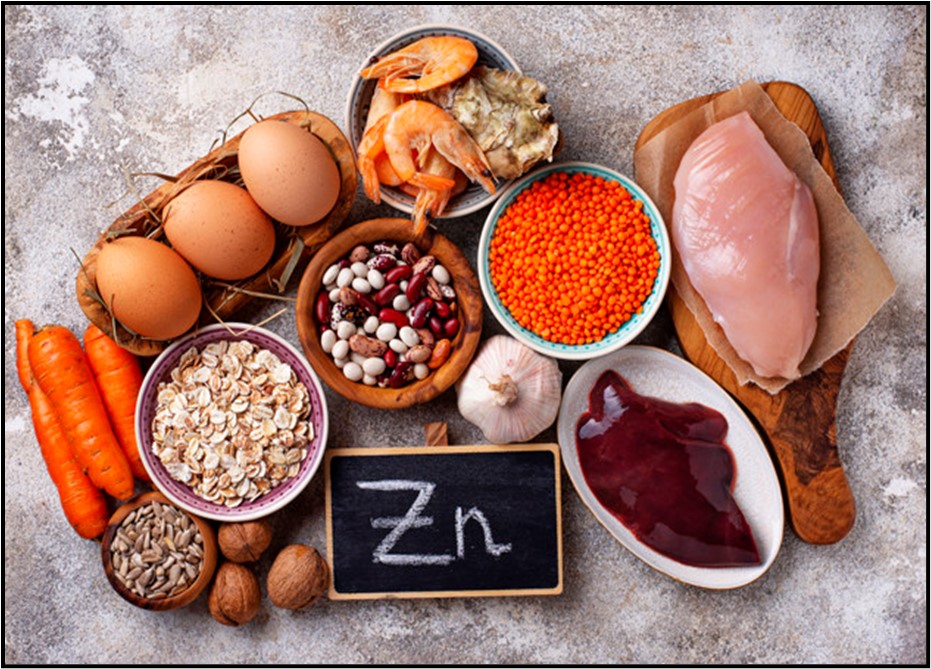
- Nuts
- Legumes
- Whole grains
- Potatoes
- Guava
- Apricots
- Peaches
Numerous studies have uncovered that Zinc from animal sources are absorbed better than those which are derived from plant sources. Hence, it can be stated that zinc from animal sources have great biological value as it absorbed easily within the body and started its respective functions earlier.

Health benefits of Zinc
Role on growth and development
- Zinc plays essential roles in growth and development of the body. It has seen that zinc is present as an integral part of various enzymes and hormones, which are responsible for proper metabolism hence resulting in promoting adequate growth and development of human body
- Zinc is responsible for regulating those enzymes of the body which are responsible for synthesizing new cells
- It acts as an important part of cell membrane hence helps to maintain the membrane permeability resulting in proper cellular transport
- Zinc is responsible for maintaining the cell cycles in a suitable way and it helps in DNA synthesis
Role of zinc on the health and disease of children
- Several studies have been carried out on zinc and that have exposed that children who consume adequate amount of zinc have greater physical and mental growth
- Zinc helps to reduce the prevalence of children illness (especially diarrheas), morbidity and mortality rate
Role on immune system
- Zinc helps to support the synthesis and maturation of natural killer cells, macrophages and neutrophils and enhance the cell mediated innate immunity
- It stimulates the phagocytosis process, secretion of cytokines and intracellular killing which are related with boosting up the immunological responses
- It helps in signal transduction

Role of zinc in reproduction
- Zinc plays important role in the formation and maturation of spermatozoa hence stimulate the spermatogenesis process in male
- It is associated with regulating the normal function of female reproductive hormones, enhances ovulation
- It helps to support fertilization. Recent studies have exposed that zinc does not stored into the body hence it should be taken properly to sustain proper fertilization and pregnancy
Role of zinc to prevent diabetes mellitus
- Zinc is an important structural component of insulin hormone and zinc makes the insulin hormone structurally and functionally active
- Enhancing activity of insulin hormone can regulate the blood glucose level effectively hence helps to prevent diabetes mellitus
- Zinc helps the β-cell of the pancreas to secrete and store insulin in suitable way that has a positive influence on insulin function
Role of zinc on the sensation of taste
- Saliva is consisting of a zinc containing protein named gusten
- Gusten is responsible for the sensation of taste
Antioxidant activity of zinc
- It acts as antioxidant and protects the body from harmful effect of free radical
- Zinc is an important part of the enzyme superoxide dismutase which acts as antioxidant

Role of zinc on promoting the function of cellular enzymes
Zinc is the structural component of some enzymes which include alkaline phosphatase, carboxy peptidase, and alcohol dehydrogenase and helps to enhance their function
Daily Recommendation, Deficiency disorders and Toxicity of Zinc
Various researches and studies have revealed that the daily recommendation of dietary zinc should be 10 mg. During the pregnancy and lactation, the requirements of zinc get increased hence it should be consumed fifty percent more than the daily requirements. If zinc is not taken as per recommendation then it would cause various deficiency diseases whereas if it is taken more than the recommended dose then it would cause several toxic symptoms, both of these conditions are harmful for health and it should be resolved with proper dietary intake.
Deficiency disorders of zinc
It has discussed in the following table -
| Deficiency disorders of zinc | Main causes of zinc deficiency | Preventive measures which should be taken to inhibit zinc deficiency |
|
|
|
Hyperactivities of zinc intake
| Toxic symptoms | Causes | Preventive measures |
| Excessive intake of zinc causes –
|
| Consumption of dietary zinc as per recommended dietary allowance can prevent the toxic effect of zinc |
Hence, it can be stated that zinc is an essential trace element that serves all these above-stated imperative and versatile functions. Zinc is known as the second abundant trace element (after iron) which is abundantly present in human body. It should be consumed in proper dose to obtain a healthy nutritional status.

Source:
Al-Fartusie, F.S. and Mohssan, S.N., 2017. Essential trace elements and their vital roles in human body. Indian J Adv Chem Sci, 5(3), pp.127-136.
Chabosseau, P. and Rutter, G.A., 2016. Zinc and diabetes. Archives of biochemistry and biophysics, 611, pp.79-85.
Choi, S., Liu, X. and Pan, Z., 2018. Zinc deficiency and cellular oxidative stress: prognostic implications in cardiovascular diseases. Acta Pharmacologica Sinica, 39(7), pp.1120-1132.
Krężel, A. and Maret, W., 2016. The biological inorganic chemistry of zinc ions. Archives of biochemistry and biophysics, 611, pp.3-19.
Maares, M. and Haase, H., 2016. Zinc and immunity: An essential interrelation. Archives of biochemistry and biophysics, 611, pp.58-65.
Maret, W., 2017. Zinc in pancreatic islet biology, insulin sensitivity, and diabetes. Preventive nutrition and food science, 22(1), p.1.
Marreiro, D.D.N., Cruz, K.J.C., Morais, J.B.S., Beserra, J.B., Severo, J.S. and De Oliveira, A.R.S., 2017. Zinc and oxidative stress: current mechanisms. Antioxidants, 6(2), p.24.
Prasad, A.S., 2017. Discovery of Zinc for Human Health and Biomarkers of Zinc Deficiency. In Molecular, Genetic, and Nutritional Aspects of Major and Trace Minerals (pp. 241-260). Academic Press.
Sloup, V., Jankovská, I., Nechybová, S., Peřinková, P. and Langrová, I., 2017. Zinc in the animal organism: a review. Scientia Agriculturae Bohemica, 48(1), pp.13-21.
Al-Fartusie, F.S. and Mohssan, S.N., 2017. Essential trace elements and their vital roles in human body. Indian J Adv Chem Sci, 5(3), pp.127-136.
Chabosseau, P. and Rutter, G.A., 2016. Zinc and diabetes. Archives of biochemistry and biophysics, 611, pp.79-85.
Choi, S., Liu, X. and Pan, Z., 2018. Zinc deficiency and cellular oxidative stress: prognostic implications in cardiovascular diseases. Acta Pharmacologica Sinica, 39(7), pp.1120-1132.
Krężel, A. and Maret, W., 2016. The biological inorganic chemistry of zinc ions. Archives of biochemistry and biophysics, 611, pp.3-19.
Maares, M. and Haase, H., 2016. Zinc and immunity: An essential interrelation. Archives of biochemistry and biophysics, 611, pp.58-65.
Maret, W., 2017. Zinc in pancreatic islet biology, insulin sensitivity, and diabetes. Preventive nutrition and food science, 22(1), p.1.
Marreiro, D.D.N., Cruz, K.J.C., Morais, J.B.S., Beserra, J.B., Severo, J.S. and De Oliveira, A.R.S., 2017. Zinc and oxidative stress: current mechanisms. Antioxidants, 6(2), p.24.
Prasad, A.S., 2017. Discovery of Zinc for Human Health and Biomarkers of Zinc Deficiency. In Molecular, Genetic, and Nutritional Aspects of Major and Trace Minerals (pp. 241-260). Academic Press.
Sloup, V., Jankovská, I., Nechybová, S., Peřinková, P. and Langrová, I., 2017. Zinc in the animal organism: a review. Scientia Agriculturae Bohemica, 48(1), pp.13-21.
